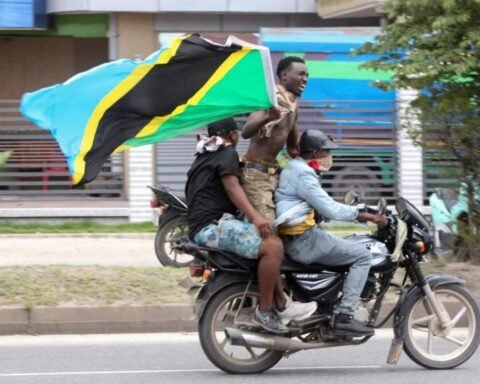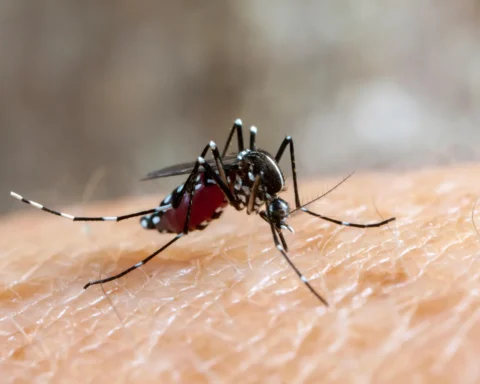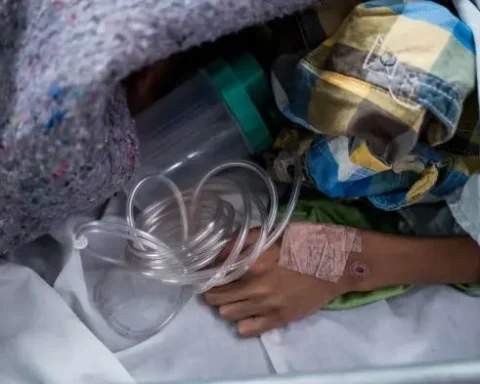Tensions continue to rise in the heart of the Gaza Strip as the Israel Defense Forces (IDF) expand their ground operations and issue new evacuation orders, forcing thousands of Palestinians to flee once again.
The latest order focuses on Deir al-Balah, a city in central Gaza that has been a temporary refuge for many displaced families. Israeli forces, including tanks and infantry units, entered the area on Sunday, citing the presence of suspected Hamas infrastructure and possible hostages.
Israeli officials claim the military is targeting armed groups responsible for the October 7 attacks, and believe that some hostages are still being held in the vicinity. Families of those captives, however, are growing increasingly anxious. “We want our loved ones brought back alive—not as collateral damage,” said one Israeli relative during a televised vigil.
Meanwhile, the humanitarian toll continues to grow. Doctors at Al-Shifa Hospital, Gaza’s largest medical facility, reported that at least 30 people were killed on Sunday and many more injured after an Israeli strike hit near a crowd waiting for UN food aid. The IDF says it is reviewing the incident.
Across Gaza, hunger and fear are mounting. The Ministry of Health in Gaza has warned that severe malnutrition is taking a deadly toll, especially among children and the elderly. Local hospitals, already short on medical supplies, report an overwhelming number of cases linked to starvation. Many civilians are surviving on one meal a day, often consisting of bread made from animal feed or boiled weeds.
The United Nations Office for the Coordination of Humanitarian Affairs (OCHA) has described the situation as “catastrophic.” According to their latest data, nearly 90% of Gaza is under either evacuation orders or active combat, forcing over 2 million residents into just 12% of the territory’s land area. This level of displacement, the agency warns, is “unprecedented and unsustainable” (read UN update).
Also Read; Ceasefire Fails as Violence Returns to Suwayda, Syria
Footage from the ground shows exhausted families carrying whatever they can—blankets, food, children—walking for miles toward al-Mawasi, the only zone currently designated by Israel as a “safe area.” But even that region has faced airstrikes in recent weeks, leaving civilians uncertain where they can truly find safety.
The violence has also reached aid convoys. On Saturday, at least 67 Palestinians were killed while trying to reach trucks delivering food in northern Gaza, according to medics. Similar incidents were reported in Rafah and Khan Younis, bringing the weekend death toll among aid seekers to over 80.
Despite international outrage, a ceasefire remains elusive. Talks facilitated by Qatar, Egypt, and the United States have yet to produce results. Global leaders—from Pope Francis to EU officials—have called for an immediate halt to the fighting and unrestricted humanitarian access.
Israel maintains that its operations are necessary to dismantle Hamas and rescue hostages, accusing the group of using civilian areas as cover. Critics, however, argue that the scale of destruction and civilian suffering is disproportionate and violates international law. Legal experts at Human Rights Watch and Amnesty International have called for independent investigations into attacks on hospitals, schools, and aid lines.







